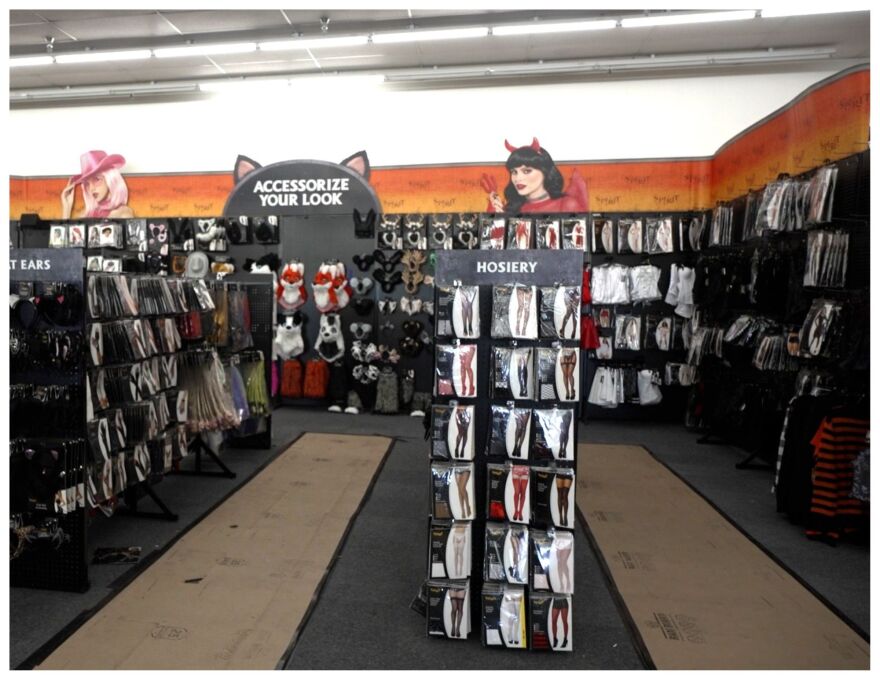Because of tariffs, the cost of Halloween costumes this year depends on the retailer and when that business ordered products, said Michael Hicks, Ball State University economics professor.
Halloween costumes are mainly produced in countries like China, Japan, Vietnam and other Asian countries, Hicks said. Those countries have been affected by tariffs instituted by the United States.
Consumers will see regular inflation prices on items from businesses that ordered before tariffs, he said.
“We know from the data that, for example, Hoosier businesses bought about five months’ worth of supplies between January and April, in addition to their normal import,” Hicks said. “So many of them were rushing orders ahead of announced tariffs.”
Stores with cheaper prices will be pop-up stores or bulk stores because they will have items left over from last year or have had items stocked for a while, Hicks said.
However, consumers may see higher prices from businesses that ordered merchandise after tariffs started, he said. Department or online stores are more likely to be more expensive. A $30 costume for an 8-year-old may be $42 to $48 this year.
“For products that were ordered later, that were being delivered in August or September, those are going to be tariffed and they're going to be higher prices,” Hicks said.
At Spirit Halloween in Bloomington, Ind., a pop-up Halloween store, the average price for adult costumes is about $49.99 to $59.99. Some are as low as $29.99 or as high as $69.99. For child, toddler and infant costumes, the average price is about $29.99 to $44.99.
Spirit Halloween CEO Steven Silverstein told the National Retail Federation that the company is taking a multi-prong approach to face challenges tariffs bring and have a long-term perspective while also focusing on growth.
“As has been widely reported, more than 90 percent of season merchandise for Halloween and Christmas is imported from China,” Spirit CEO Steven Silverstein told the National Retail Federation. “As a result, the impact of tariffs on these products will be significant. Like many retailers, we are working hard to manage these challenges through a multi-pronged approach. We are taking a long-term perspective, while remaining focused on growth.”
Tariffs will have little impact on Halloween candy due to most of it being processed in the United States, Hicks said.
People may see a difference in price with an expensive brand chocolate bar where there are tariffs on almonds and coconut, over candy corn with high fructose corn syrup from the United States.
“The good news is that for those big bags of chocolate that you buy, you're talking more like a probably two to five percent increase in cost for most of those, which most consumers won't notice in Halloween candy,” he said.
Halloween spending is estimated to reach up to $13.1 billion this year. Last year $11.6 billion was spent, according to the NRF.




